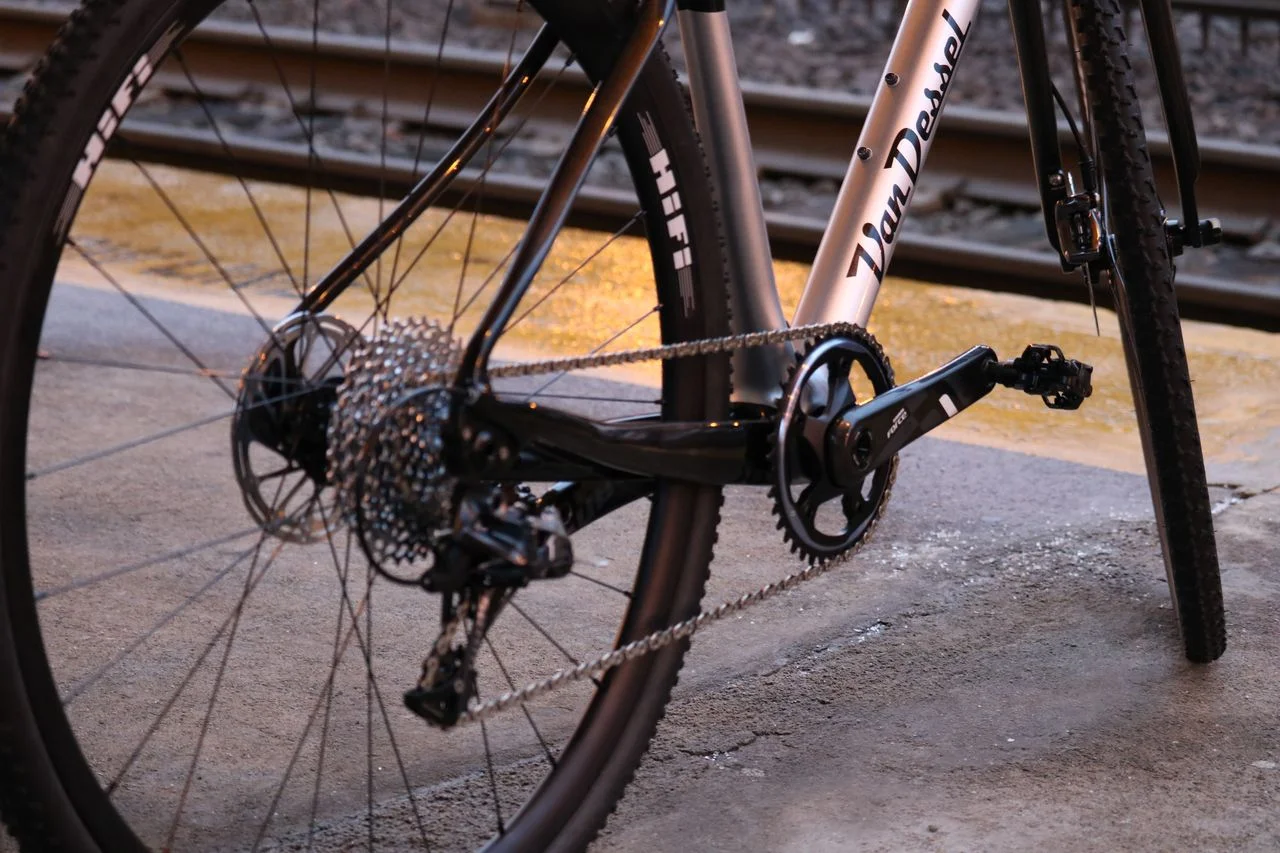At Jalapeno Cycling, we get many people inquiring about performance-oriented bicycles and wanting to explore their choices. Not long into the conversation, I bring up the option of a custom build, and usually people give me a look like I’m intentionally trying to blast past their budget, which couldn’t be further from the truth.
Almost all of the companies we work with offer frame sets, and three of them, Van Dessel, Sage Titanium, and Von Hof Cycles, allow customers to customize most of the components in their builds. While these builds have a slightly higher upfront price tag on them (usually adding $50 to $250 to the overall price of a full build), we have found that our customers usually break even or more often do better when you add in the unseen costs of buying a fully stocked bike.
Let’s back up a bit. I’m not out to put down every aspect of bikes fully stocked with parts from original part manufacturers (you may already know or have seen the term OEM used before) or in-house brands. I think at this point almost everyone realizes that the purchasing power of the biggest companies is leaps and bounds better than an individual: the Shimano Ultegra shifters that come stock on a bike don’t just seem less expensive than that single set of replacement shifters someone might buy after a crash, they actually are less expensive. OEM-stocked bikes allow plenty of customers component options that they wouldn’t have otherwise had.
This system is nearly perfect when the parts work as intended for almost everyone. It works fine, but not great, when the parts work for only some riders, but are not expensive to change out for an equivocal part. The real problem arrives when bikes come with expensive stock parts that don’t work for the rider.
What do I mean when the parts don’t work for the rider? When our resident pro coach, Kathryn Cumming, fits riders, she hears common surprises. People can’t believe how much of a difference a set of 165mm cranks feel compared to 170mm cranks, how much a stem with a slightly different angle relieves the pressure off their shoulders, or how much a different saddle works better with their sit bones. These are not just nit-picks to make a ride marginally better: these are often changes that offer a completely improved riding experience. Replacing these parts in order to create the perfect ride often means having to spend beyond the original budget, which is never a fun surprise.
It’s understandable why this problem exists in the first place. So much of marketing in the road performance bicycle industry is dedicated to the price and total weight of the bike (note: not frame weight). This makes sense for the consumer. It is incredibly easy for anyone to measure the “value” of bikes side by side using these readily understood factors.
The unfortunate byproduct of OEM-stocked bikes is that companies have a huge incentive to put the exact same equipment on many of their builds. I’m flipping through companies as I write this, looking at how ubiquitous 100mm stems with a 7 degree rise are, same for 420mm drop handlebars, 172.5mm crank arms, and 20mm offset seatposts. I remember five or six years ago when it was practically impossible to walk into a road-focused shop without seeing a Fizik Arione saddle on plenty of the flagship models.
You end up with situations like Kate had with one of her first ’cross bikes. She was able to buy a Ridley X-Fire at a massively discounted price, and thankfully, she understood the potential problems and budgeted accordingly, but she ended up needing to change the handlebars, stem, seatpost, wheels, tires, cassette, and saddle. Had this been an unexpected cost, her budget may not have allowed her to make these changes.
All too often we see riders come to us after buying a bike based around frame size alone and complaining about discomfort. Because their biggest draw to purchasing the bike in the first place was due to it being a 15lbs. bike that just managed to fit into their budget, they are forced to make a decision: buy equivocal parts at a big expense, or throw on heavier equipment, or bear a bad fit (the second of the three choices is the typical decision).
The big argument against me is a common phrase in the bike industry, these companies are putting together builds that work for 80% of all riders. In my experience, a far more correct version of this phrase is that these OEM builds are bearable for 80% of riders and unbearable for the other 20%. Our bodies are so dynamically different than one another that the chances that a pre-built bike works like the perfect ride it was designed to be is slim.
So to put it another way, when I am investing in a high-performance bike that goes for $3000-$5000+, the last thing that I want to say is that I can tolerate the cranks and the saddle is bearable. At that price, I want to ride a bike that was designed for me.
Imperfect, high end, stock builds are not a problem that will be going away soon. Integrated stems and handlebars are growing in popularity with stock applications on road, triathlon, gravel, and cyclocross bikes. While features like these help bring down the weight, they also drastically decrease the already small chance that the build works for your position.
The best solution, of course, is to preempt that bike purchase with a fit. A reputable fitter will offer solutions that might even extend beyond what the bike shop offers, discovering a brand that happens to hit all of your ideal marks and position for that better OEM price. In the worst case, the fitter can preemptively point out concerns with a stocked bike, and give you a better understanding of how your budget can get you the best bike for your body.

